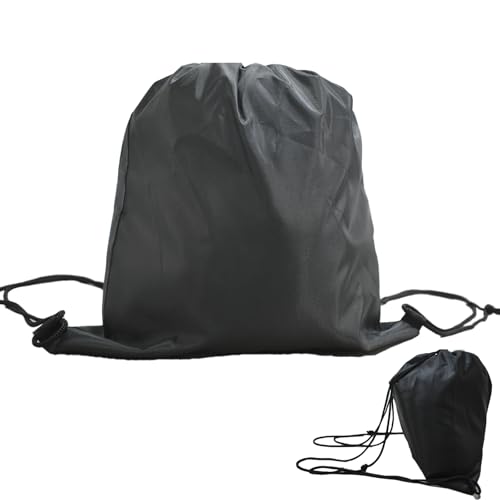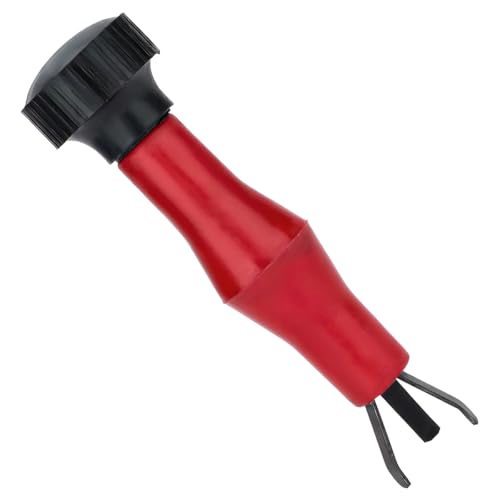ionbeam
2 FUN
You want to use the DC scale because it will average the AC (actually digital) signal coming from the coil trigger circuit. When the frequency is low = low rpm = the average voltage will be low, as rpms climb the average will climb. As a diagnostic this is effective. The trigger signal from the ECU will always have the same AC voltage, it's just the frequency that changes. Your volt meter on the AC scale won't show the true engine frequency change. If your meter has an AC frequency scale, that is best to use. If the DC voltage doesn't change it is indicating that there is a problem.
In the troubleshooting section of the install manual (link previously supplied in this thread) you can watch a diagnostic LED in the servo to determine if the coil signal is being detected correctly.
In the troubleshooting section of the install manual (link previously supplied in this thread) you can watch a diagnostic LED in the servo to determine if the coil signal is being detected correctly.
Last edited by a moderator:































































